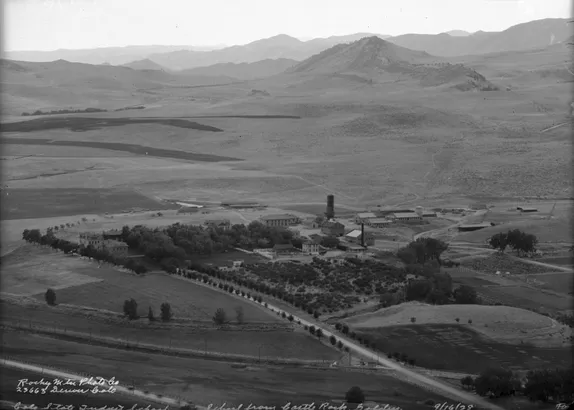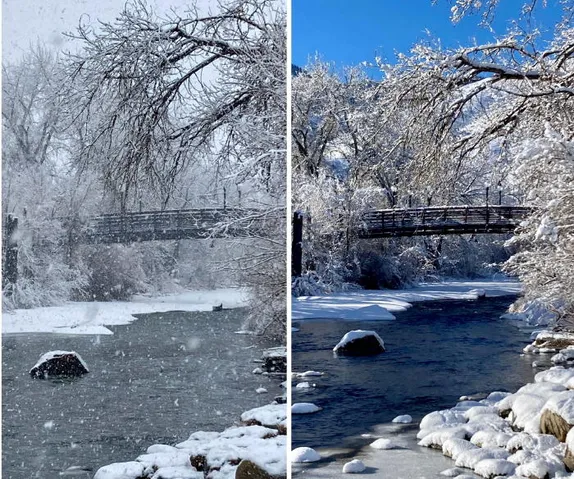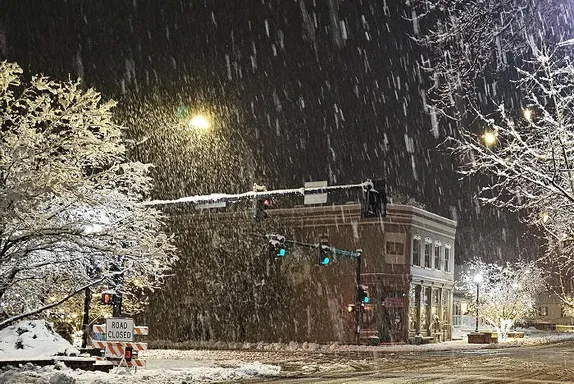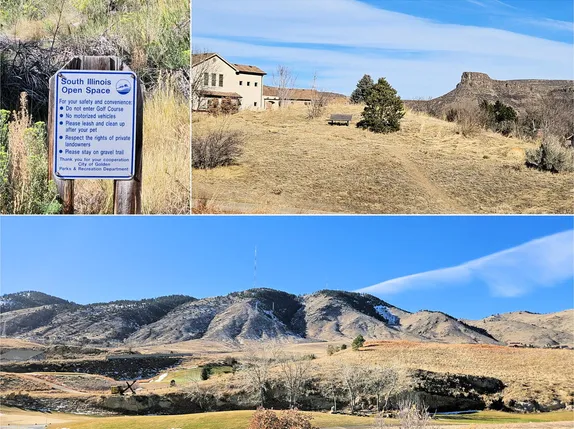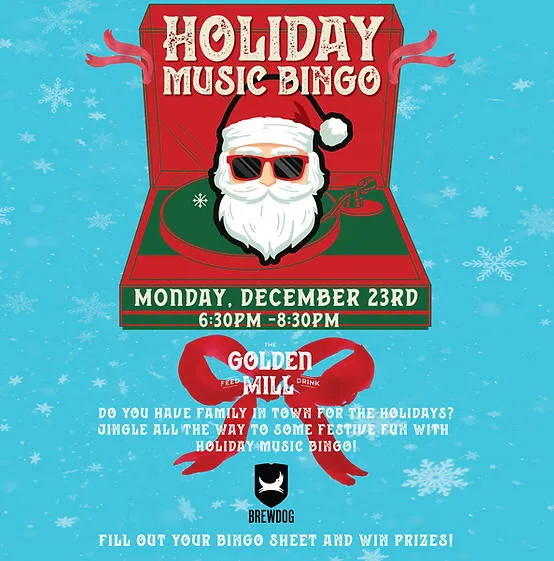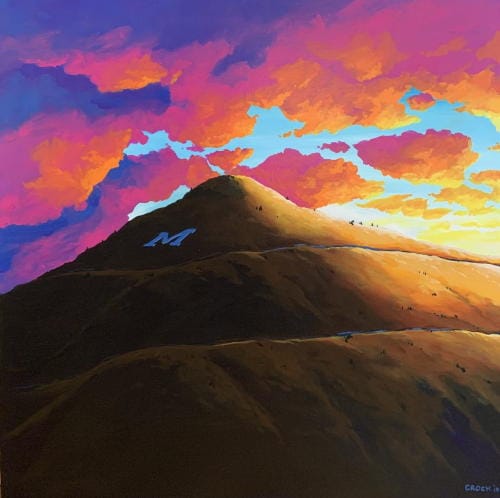
Coronavirus Update
Public Health References
CDC * Colorado * Jefferson County * City of Golden
Jefferson County’s case count page says that as of 3PM yesterday, there were 925 cases in Jefferson County (up from 881). There have been 35 deaths (up from 33) and 228 are hospitalized (up from 218). There are 83 known cases in Golden (up from 80).
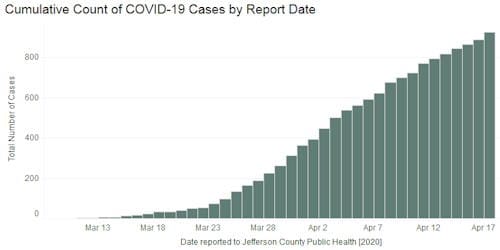
The State-Wide Stay-at-Home Order is in effect through April 26, 2020. Everyone is asked to wear a mask that covers the nose and mouth when leaving the house. City and County fire restrictions are in place. Clear Creek is closed to all recreational activities.
Virtual Golden
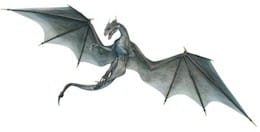
1-2:30PM The Library is hosting a Dungeons & Dragons call-in this afternoon. Do you love epic fantasy adventure? Dungeons and Dragons is a table top role playing fantasy game where a roll of the dice can change your future. If you are a brand new to questing or a dungeon expert, come roll initiative with new and familiar adventurers! Suitable for ages 12-18. Call 303-502-5189 to participate.
Golden History Moment: the Bunzel Saga
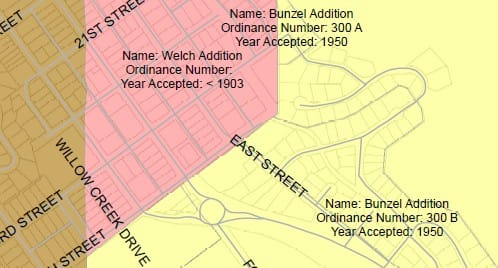
You may have heard the terms “Welch’s Addition, and “Bunzel’s Addition,” to refer to certain neighborhoods. The original boundaries of the City of Golden were laid out in 1871. Since that time, we have annexed many additional parcels to be part of the city, and those terms are sometimes called “additions.” At other times, the City’s annexation map just shows the name of the developer or some other descriptive name; for example–“Morey Gibson, year accepted 1969,” or “Tripp Ranch, year accepted 1988.”
Today I’m going to discuss Bunzel’s addition, which was annexed to the City in 1950, as part of the big post-WWII house-building frenzy.
Who was Bunzel?
Everett Bunzel’s first appearance in the Colorado Transcript was in 1930, when he was graduating from Junior High. Interestingly, he graduated in the same class as the late Bill Coors. Bill was the class valedictorian. The Bunzel family lived in Pleasant View, where the father, Charles, had built a cobblestone house. Charles died in 1933, leaving a wife and four children. Everett was the oldest child, at 16.
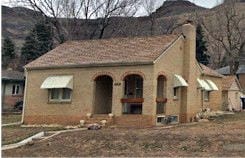
Everett joined the navy after his high school graduation, in 1934. He was back in Golden by 1941, living at 2149 East Street. He worked as a mail carrier during World War II and began investing in and selling real estate in the area near his home (at 21st and East).
In 1945, he bought several more lots in that area for back taxes. The land had belonged to the late Charles Quaintance (who owned the Castle Rock Funicular). By 1947, Bunzel was selling “Beautiful Building Sites in one of Golden’s Most Desireable Residential Areas.” These sites were within the Welch Addition.
By 1950, he wanted to sell more building sites in the area, this time creating his own Addition to the city. The 76 homesite Bunzel Addition got off to a rocky start. City Council gave preliminary approval to the addition in August, but Bunzel wanted to build 55 foot-wide streets instead of the 66 feet width required by code. He also wanted the lot for his own home to be excluded from the city. The two sides faced off on those issues until November. At that point, the city yielded on the street width and Bunzel agreed to include his own lot in the City limits.
By mid-1951, the City had extended their water and sewer lines to 24th and Ford, and Bunzel took it from there, laying the lines into his new subdivision. Bunzel had to pay $150 per homesite for sewer connections and $50 per site for water taps.
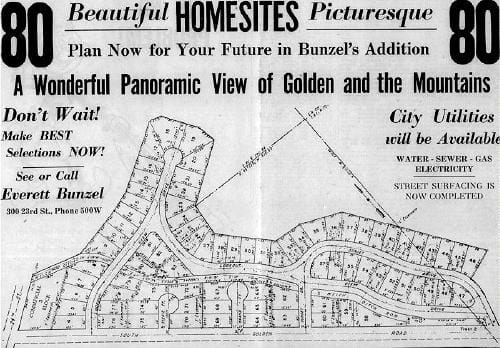
The first family to move into the subdivision (at 419 Lookout View Drive) was Mr. and Mrs. Roy Meyer and their children. Mr. Meyer and his brother Joe owned Meyer Hardware. Other families soon followed. Street signs were installed in the summer of 1953, so the post office began to provide mail delivery that fall. Curbs and gutters were added and the streets were paved in 1956.
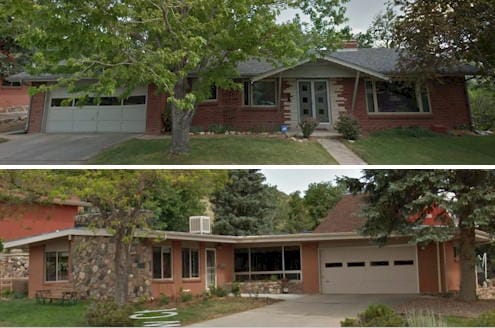
The lots were large, and most of the homes were custom designed in the mid-century ideal: long, sprawling ranch homes.

In 1955, Bunzel built the Golden Bowl Bowling Alley on 24th St. The new business celebrated their Grand Opening on November 12, 1955. The Golden Chamber held a ribbon-cutting and the event was attended by the mayor, a county commissioner, the chamber president (Ken Middlemiss, who used to own The Fair store), the president of the school of Mines, the Coors Sales Manager, and an executive from the Brunswick (bowling) corporation.
The bowling alley did very well. Bowling was tremendously popular in the 1950s (and 60s), and there were bowling leagues at all times of the day. The new Golden High School was only a block away, so there were high school leagues as well.
The bowling alley had a license to sell 3.2 beer (lower alcohol content beer). In 1961, Bunzel built a significant addition, which included 12 more lanes and a lounge area on the east end. After that, things took a sudden and dramatic turn for the worse.

The new lounge attracted crowds of “youths.” Neighbors said the youths were loud and rude, that they commonly had fights in the street, threw cans and bottles into nearby lawns, vomited, passed out, and used foul language. They also used East Street for drag racing. Perhaps worst of all–they weren’t from Golden. The Golden Police were of little help, because at that time they had only two officers per shift, and they couldn’t spend all their time hanging around the bowling alley.
The neighbors claimed that this was all Bunzel’s fault, because he was serving beer to underaged teenagers. Bunzel denied serving minors and said that anyplace near a high school was going to attract that kind of behavior.
The City listened to the neighbors and revoked Bunzel’s 3.2 beer license. Furious, he took the city to court, where they won. He continued to take them to court. This went on for several years, and wound up in the State Supreme Court. The Supremes declared that Golden had been out of bounds by revoking the license. By that time, though, the license had expired, so the City simply didn’t renew it.
Bunzel tried several things, including bringing in an independent businessman to run the lounge, asking to go back to selling beer only in the bowling alley. No dice. In 1963, Bunzel sued the City and tried to get a court to impose fines and jail time on the individual Councilors.
So how did the saga end? I don’t know. The story faded from the news, so maybe he was never able to serve beer again, and finally sold the business. The digitized Transcripts end in 1974, so this is one of many stories for which I look forward to learning the ending.
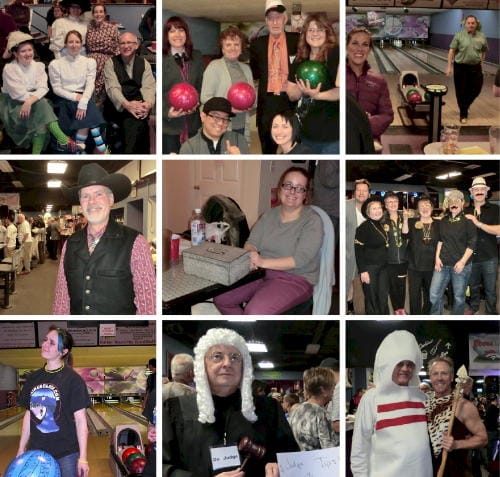
The Golden Transcript (originally called the Colorado Transcript) has been publishing since 1866. The Golden History Museum has been working on digitizing the historic issues. You’ll find old Transcripts online at coloradohistoricnewspapers.org.

